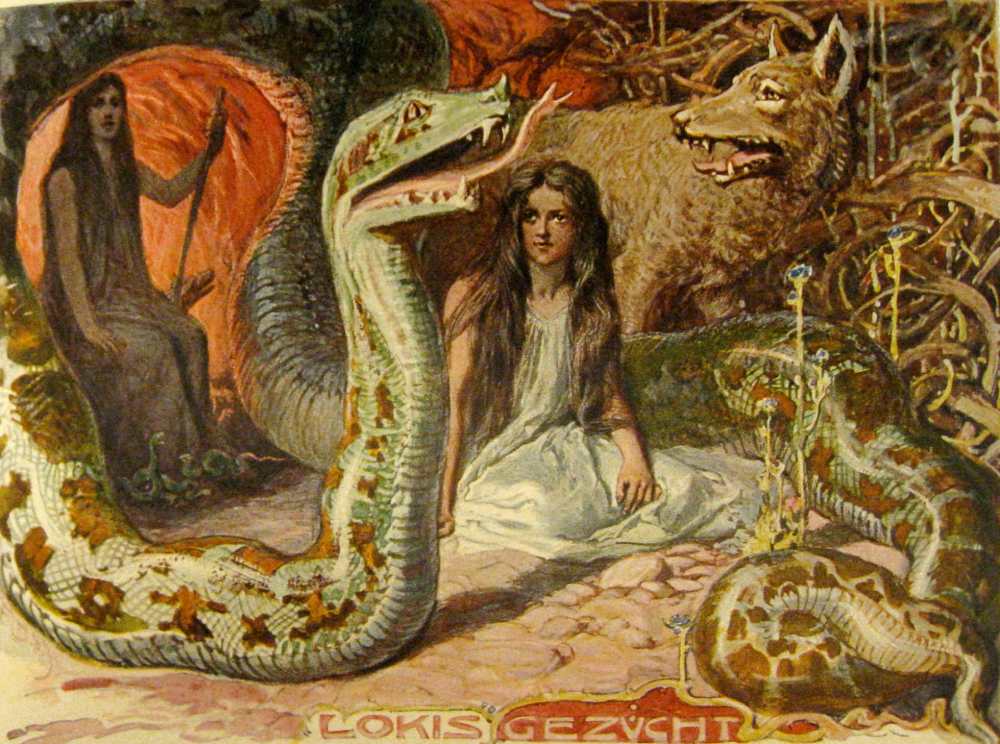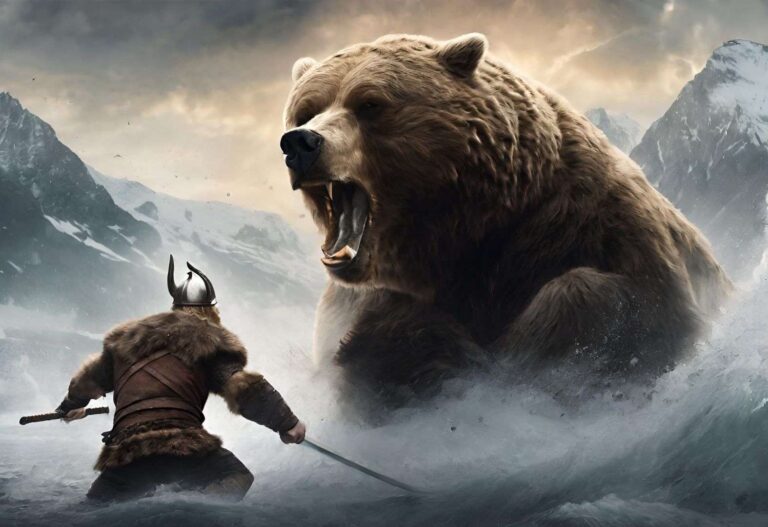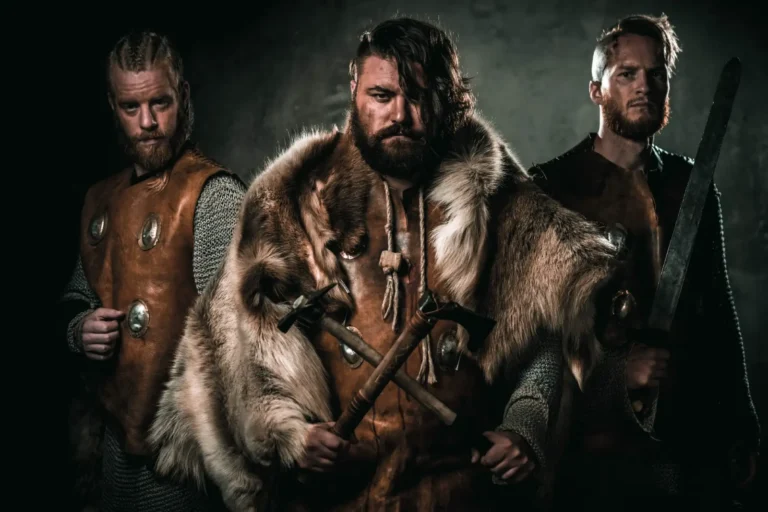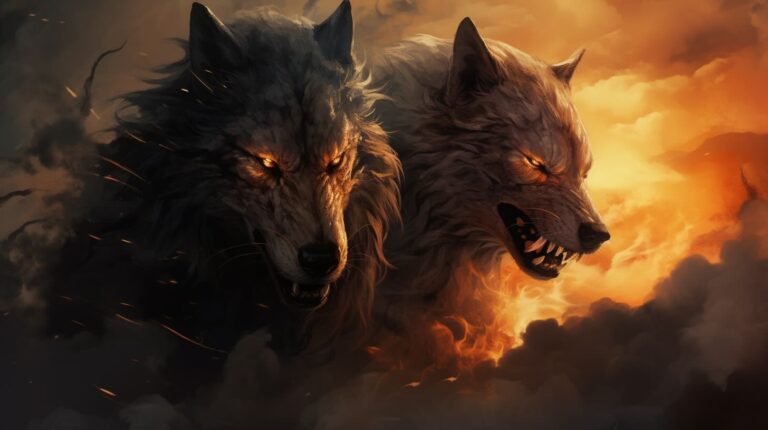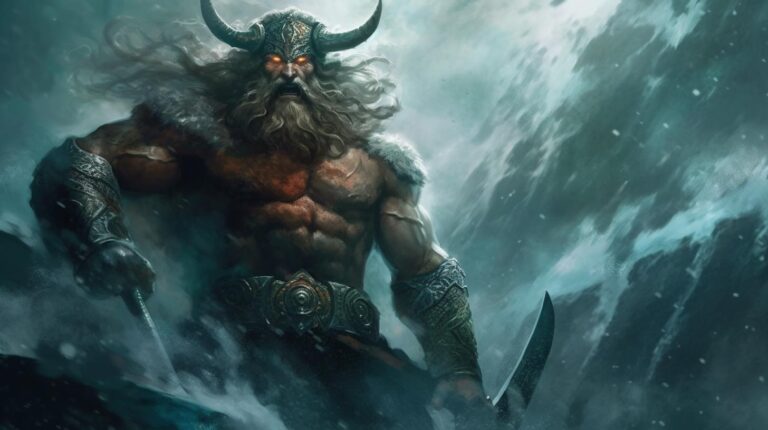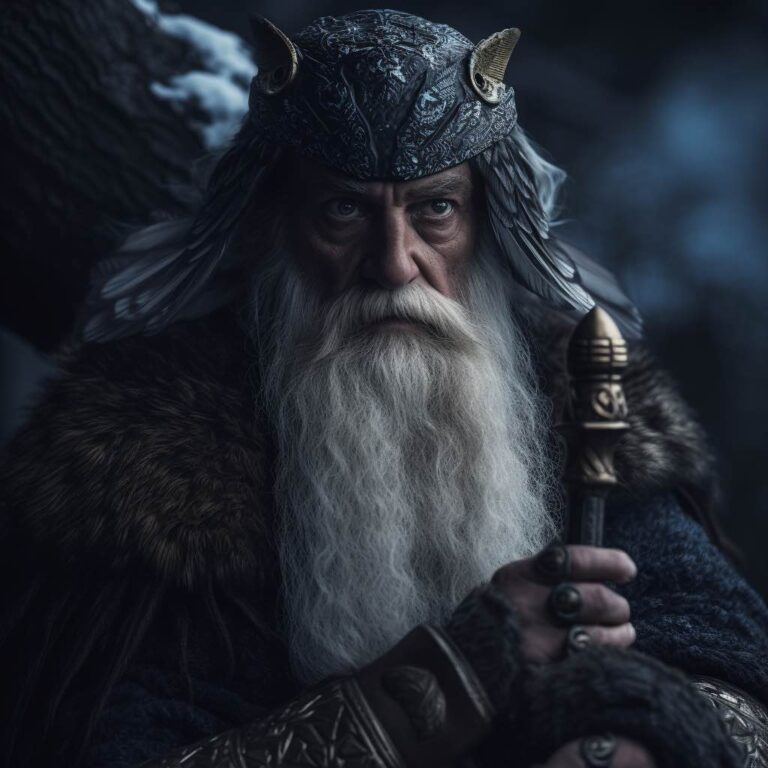The world of Norse mythology is full of fascinating gods, goddesses and interesting creatures. Loki, the trickster god, is one of the most complicated and elusive characters. Loki is a key figure in the Norse pantheon because of the mischief, cunning and mayhem woven into his stories. However, the story of Loki encompasses more than just his clever deeds; it also includes his numerous children and complex connections to both divine and human beings. In this article, we delve into the complex network of Loki’s children and their stories. Below you can find the family tree of Loki. You can read more about his partners and children further in this article.
Loki’s family tree
| Loki | |||||||||||
| Partner: Angrboda | Partner: Svadilfari | Partner: Sigyn | |||||||||
| Fenrir | Jormungandr | Hel | Sleipnir | Narvi | Vali | ||||||
| Skoll & Hati | |||||||||||
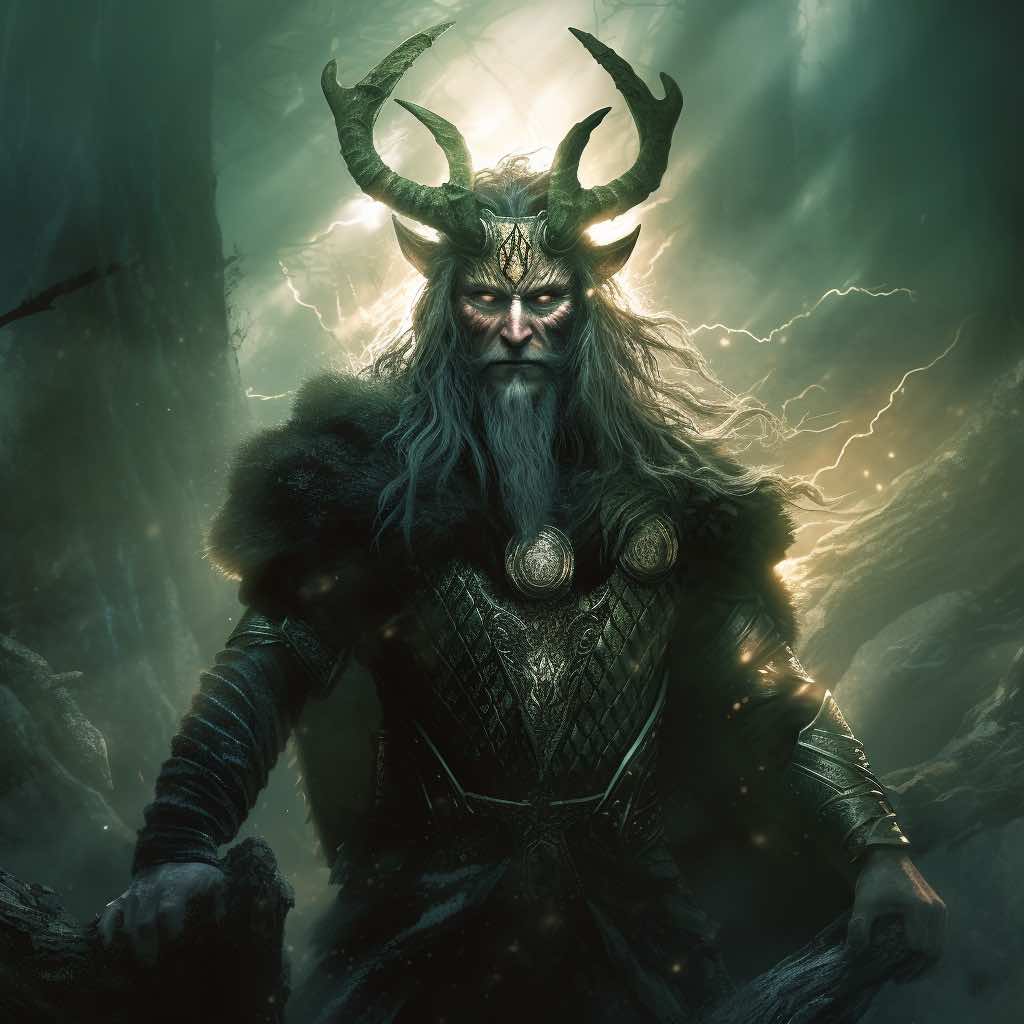
Loki’s partners: Angrboða and Sigyn
Loki’s relationships, spanning numerous realms and species, reflect his complicated nature. His prominent partners with whom he had children included the giantess Angrboða and his wife Sigyn.
Angrboða
She is known as the giantess that birthed three monstrous children: Fenrir, Jormungandr and Hel. She is often depicted as a fearsome figure associated with the wilderness and the primal forces of nature.
Sigyn
Even in his darkest moments, Sigyn, was always faithful to Loki. Sigyn is frequently depicted as a representation of unwavering loyalty. When Loki was punished and bound beneath the earth, Sigyn held a bowl over Loki’s face to protect him form a snake’s venom dripping on his face. Loki and Sigyn had two sons, Narfi and Vali.
Children of Loki
Fenrir
Fenrir is depicted as a giant and ferocious wolf that plays a significant role in Ragnarök. He grew so quickly that his powers grew too great to control. The gods binded him with chains but he breaks them during Ragnarok. Fenrir represents the brutal forces of nature and symbolizes chaos and destruction. Fenrir is the only child of Loki we know had children as well: Skoll and Hati.
Jormungandr
Jormungandr is known as a colossal serpent within Norse mythology, said to be destined to grow so large that it encircles the entire world. He will have a incredible and deadly battle with Thor at Ragnarök.
Hel
The ruler of Helheim (the realm of the dead). She represents the dual nature of life and death, as she herself is half living and half dead.
Narfi
There are different background stories around Loki’s child Narfi in Norse Mythology. However, he was known for being involved in the punishment of Loki after Baldr’s death. They bound Loki with Narfi’s entrails as part of this punishment, emphasising the dark and harsh character of the gods’ retaliation.
Vali
Vali was born with the sole purpose of avenging Baldr. He does this by killing Höðr, who participated in the death of Baldr. After this, Vali binds Loki with the entrails of Narfi
Sleipnir
Sleipnir was born through unusual circumstances involving Loki’s shapeshifting abilities. According to the myth, Loki transformed himself in a mare. He then met a powerful stallion named Svadilfari, who was aiding a giant in constructing a fortress for the gods. During Loki’s time in mare form, he lured Svadilfari away from his work, thus causing delays in the construction of the fortress.
The giant stallion impregnated Loki as a mare. This lead to the birth of Sleipnir. Sleipnir was depicted as a powerful eight-legged horse. Sleipnir was later given to the god Odin as a gift and became his faithful steed, known for his unmatched speed and strength.
Loki’s children in Ragnarök
In Norse mythology, Ragnarök, also known as the “Twilight of the Gods,” is the end-of-the-world catastrophe. Multiple of children of Loki are destined to play pivotal roles in this event.
- After breaking free from his chains, Fenrir causes a string of disastrous occurrences, including swallowing the sun and the moon.
- Thor and Jormungandr engage in a cataclysmic battle that ends with both of them losing their lives.
- Hel, who rules over the afterlife, resurrects the death for the final battle.
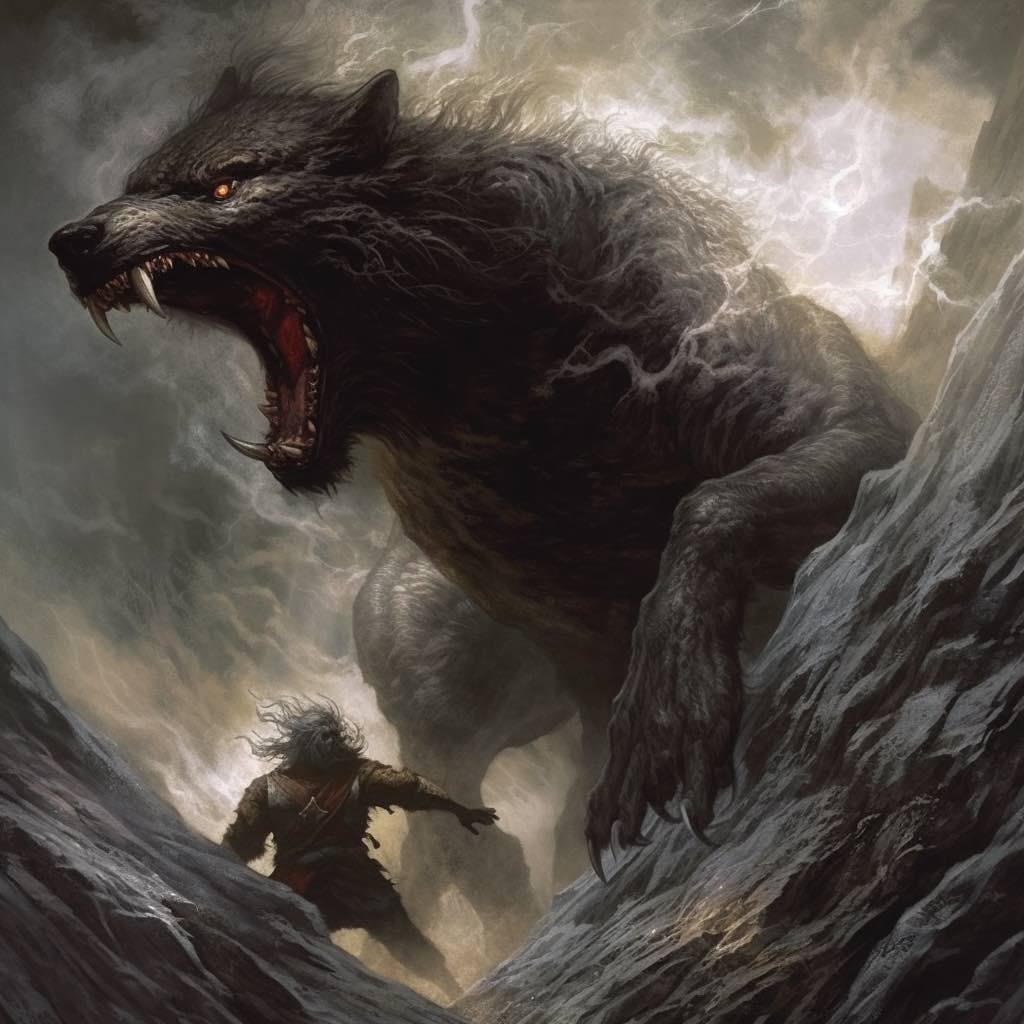
Conclusion of Loki’s children in Norse Mythology
In Norse mythology, The children of Loki are complicated reflections of their parents. They include monsters such as Fenrir, Jormungandr and Hel, as well as characters with ambiguous roles such as Narfi and Vali. Their storylines are intertwined with the fate of the gods and the coming destruction of Ragnarök, underscoring the continued relevance of Loki and his sons in Norse legendary mythology. Although Loki’s actions often caused trouble and controversy, they also had a profound influence on the course of the cosmos, making him and his descendants important figures in the rich tales of Norse mythology. Loki himself also has significant symbolism and meaning throughout Norse Mythology. You can read more about his symbol and meaning here.
